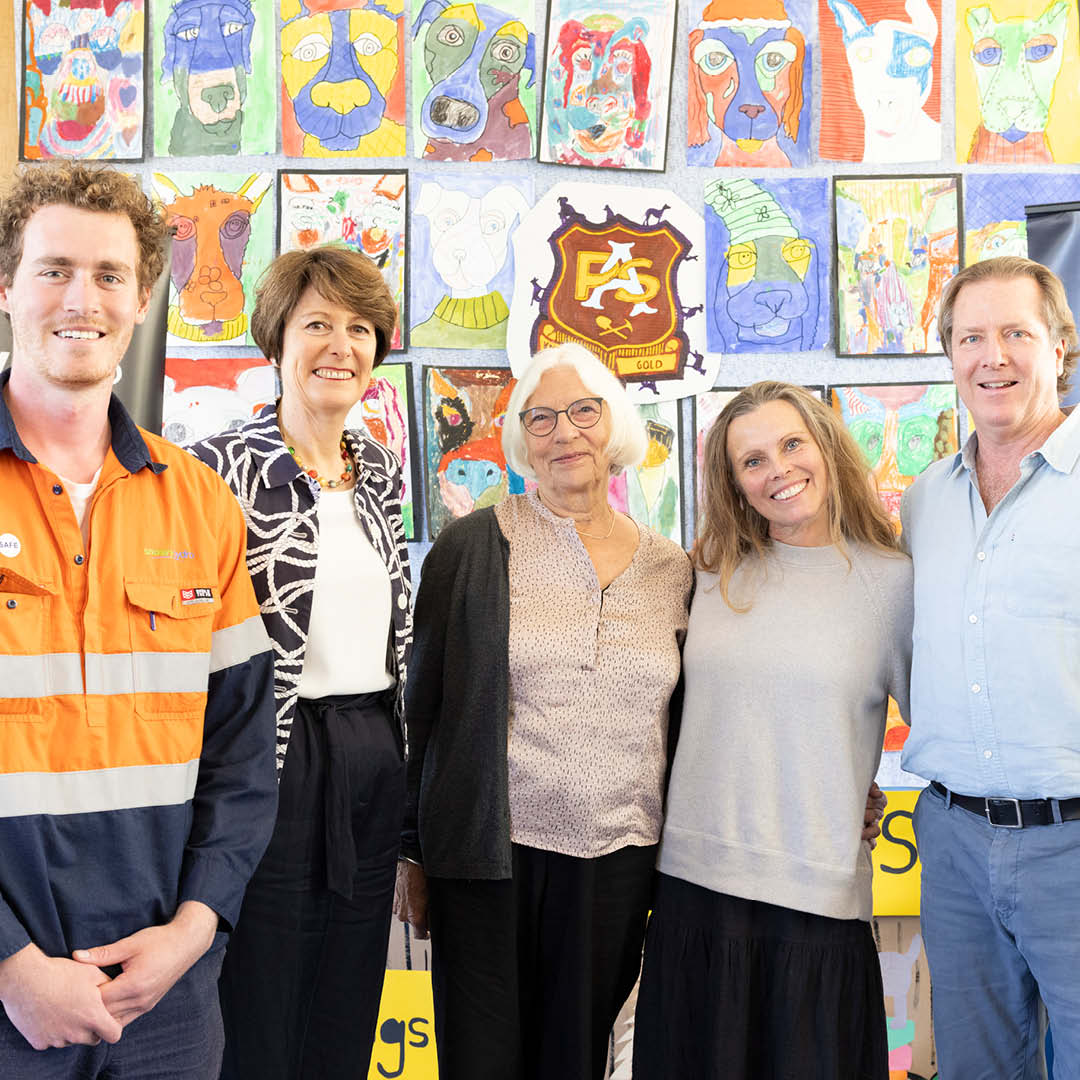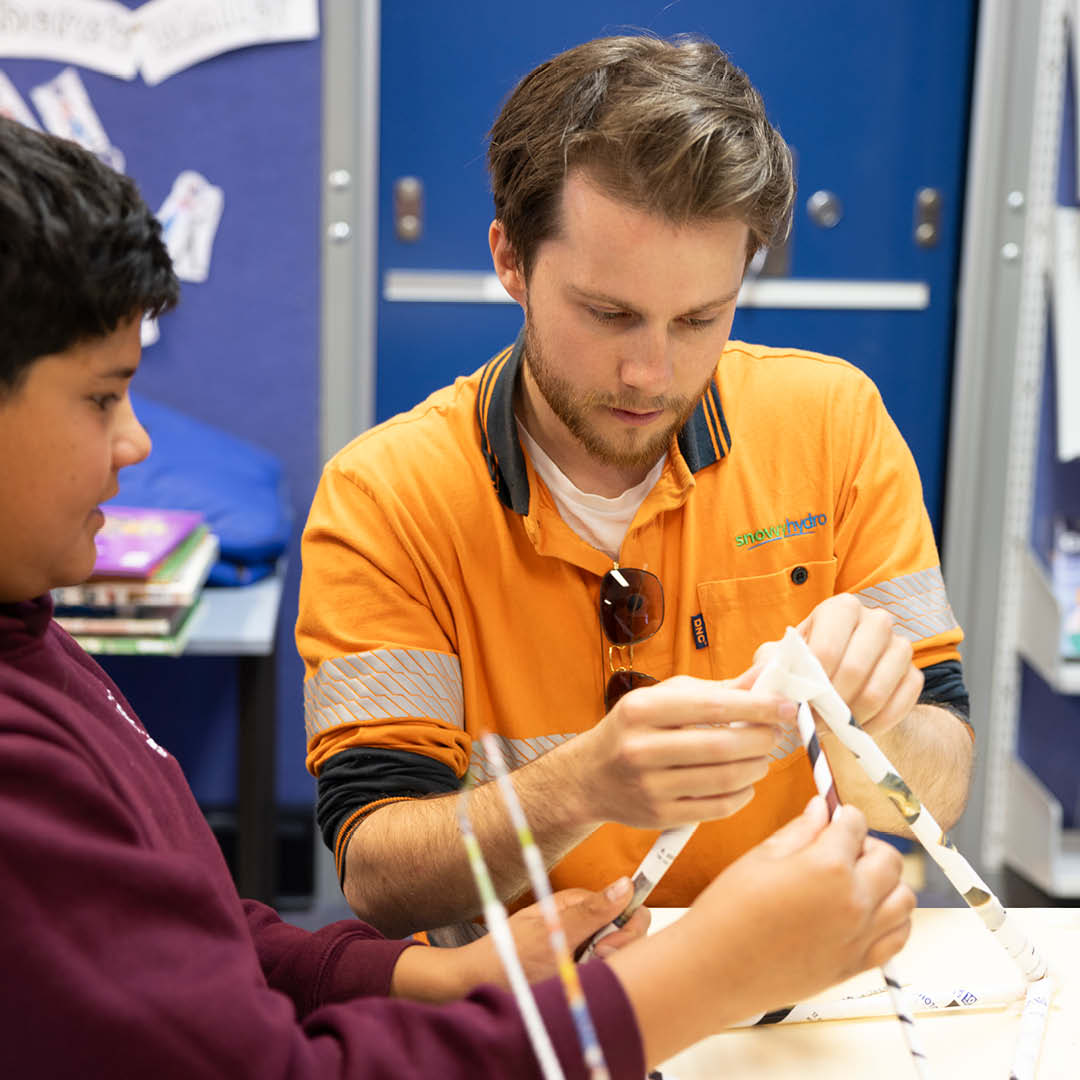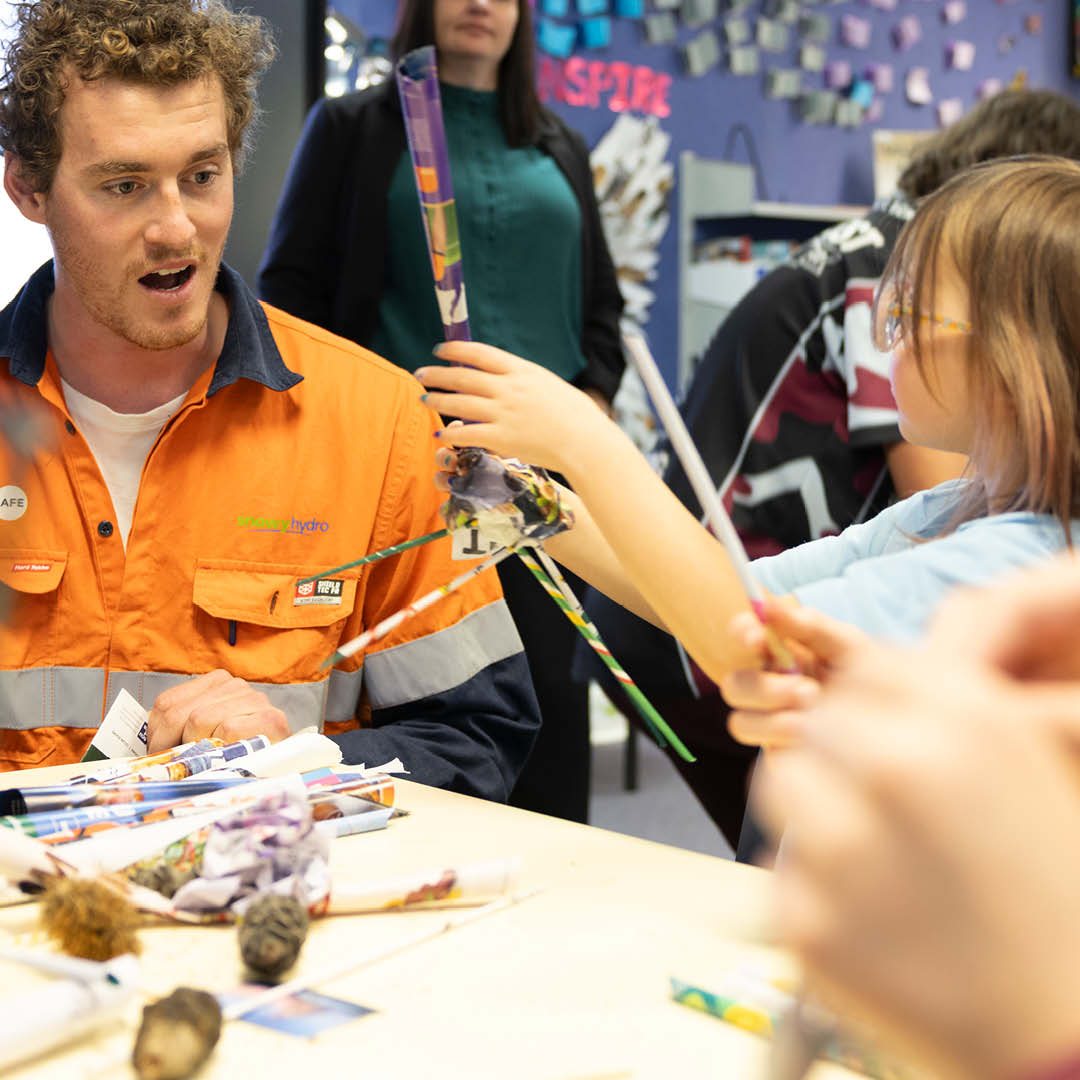Following a voluntary review of contributions paid to employees’ superannuation funds, the Snowy Hydro Group* has identified some instances of underpayment of superannuation contributions to accumulation funds. Upon finalisation of the review, the Group has undertaken immediate steps to rectify the errors including making all necessary payments to the Australian Taxation Office (ATO) .
The Group apologises unreservedly to the 3,800 former and current employees impacted by this mistake resulting in a net underpayment of $1.1 million.
As part of the rectification, in addition to the $1.1 million, the Group has also paid the legislated 10%pa interest to the ATO, who will remit all amounts (including the 10%pa interest) to former and current impacted employees’ superannuation funds.
The review was carried out by consultancy firm Ernst & Young, and extended as far back as the Group’s available digital payroll records, from 1 July 2006 to 30 June 2021.
The outcome of the review showed that:
- For approximately 80% of the 3,800 impacted employees, the net underpayment totalled less than $200 per individual employee over the 15-year review period; and
- Total superannuation contribution obligations over this period were $173.7M, compared with $172.6M of superannuation contributions actually paid. This equates to the Group having paid 99.3% of its superannuation contribution obligations over the review period.
Changes implemented following the review for the 2022 financial year onwards have ensured that correct superannuation contributions are paid.
*Snowy Hydro Group (”the Group”) includes Snowy Hydro Limited, Red Energy Pty Limited, Lumo Energy Australia Pty Ltd and Direct Connect Australia Pty Ltd.
Frequently Asked Questions
Are former or current employees required to do anything to receive the superannuation payment?
No action is required. The Group (Snowy Hydro, Red Energy, Lumo Energy & Direct Connect Australia) has made payment and lodged all required paperwork to the Australian Taxation Office (ATO) to facilitate the payment (including interest) into superannuation funds.
When will payments go into superannuation funds?
While the ATO’s processing times will vary, it may take up to six (6) months for the ATO to transfer the funds electronically by matching Tax File Numbers directly to superannuation funds. If an active superannuation account is not found by the ATO, payment will be placed in the ATO’s holding account. More details are available here: https://www.ato.gov.au/forms/searching-for-lost-super.
Superannuation amounts paid into superannuation funds can be found via your MyGov account.
Why can’t the Group process the payment directly into superannuation funds?
In cases where an employer is required to pay superannuation contributions relating to prior years, the amount cannot be paid directly to superannuation funds, but is required by law to be paid to the ATO, which will then remit the amount to superannuation funds.
Will any interest on the superannuation amount be received?
The amount owing to superannuation funds is inclusive of the ATO’s set interest calculation at 10% per annum that will be credited to superannuation funds.
Is there confidence that the amounts owing have been calculated correctly?
This review was carried out by consultancy firm Ernst & Young, which undertook an independent review of our superannuation contributions paid across the 15-year review period of 1 July 2006 to 30 June 2021.
The review was undertaken by subject matter experts within the Ernst & Young Employment Taxes team who have experience in conducting similar superannuation reviews for other large corporate groups.
The end of the review period was 30 June 2021. Why did it take so long to complete?
Ernst & Young confirmed that our 15-year review period is one of the most comprehensive historical analysis, in terms of years, undertaken by any of their clients. Tax record keeping requirements placed on companies in Australia require records be kept for only five (5) years and this is the typical voluntary review period undertaken by employers where an underpayment of superannuation guarantee is identified.
The scope and complexity in reviewing superannuation contributions paid over a 15-year period required an exceptionally high level of analysis and multiple checks to ensure accuracy and completeness.
The 15-year period required millions of rows of data to be analysed. The sheer volume of data and the intricacy of retrospective calculations made it necessary for the Group to devote considerable time and resources to ensure accuracy of the review.






